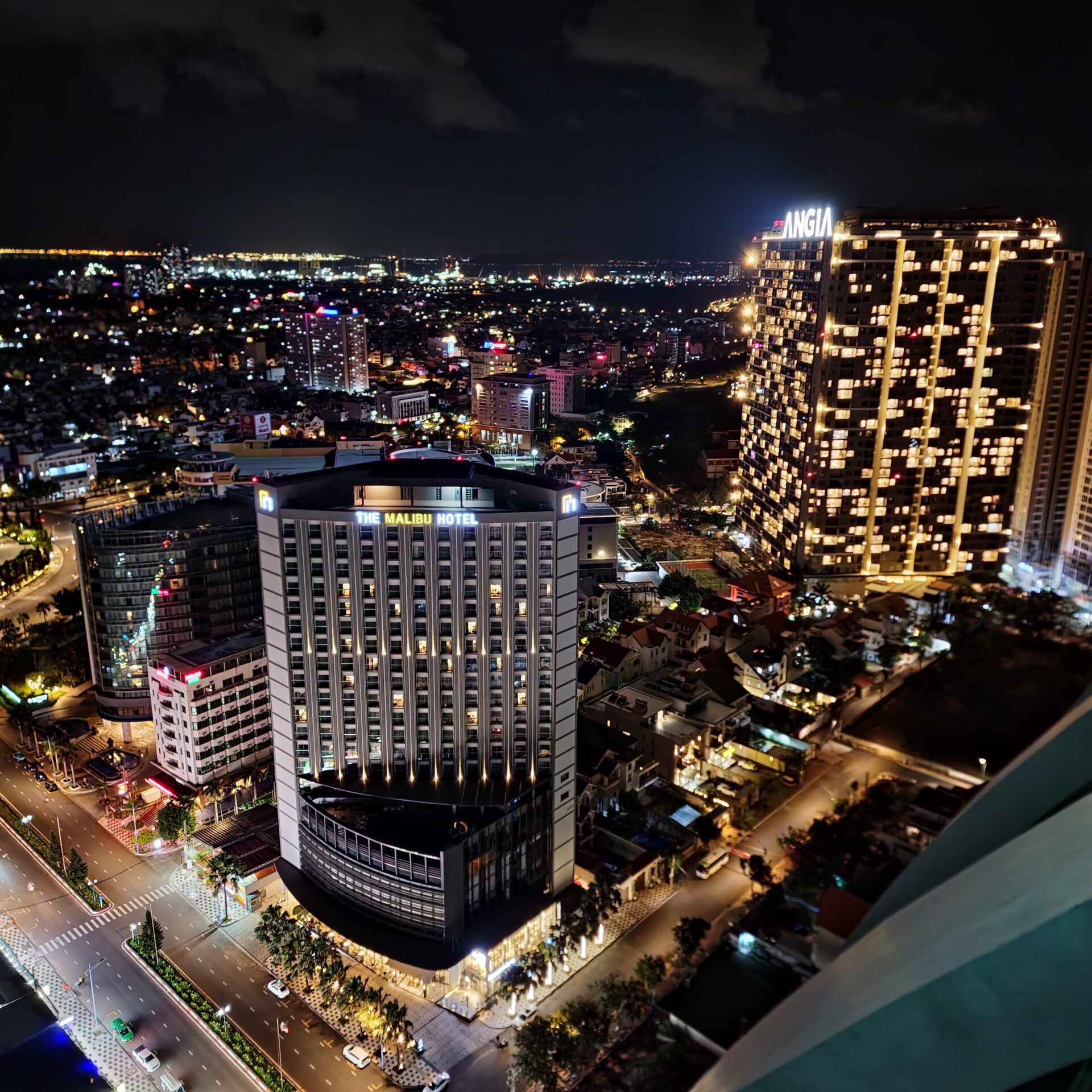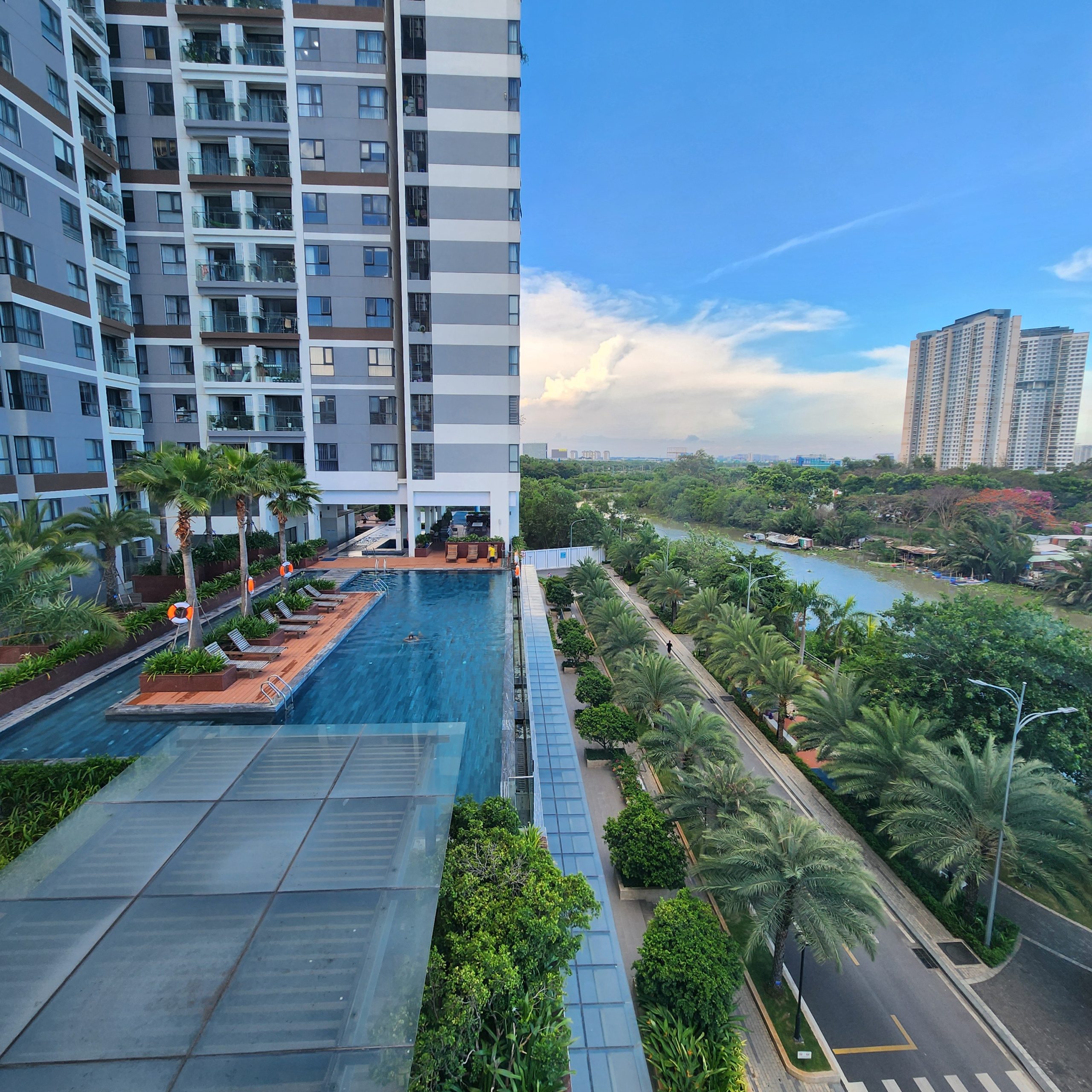If you’ve ever started a new job and magically had access to your email, team chats, and shared folders without lifting a finger – you’ve experienced the magic of provisioning.


If you’ve ever started a new job and magically had access to your email, team chats, and shared folders without lifting a finger – you’ve experienced the magic of provisioning.

VISUAL ARTIST DANIEL DOVER LAUNCHES NEW CHAPTER via 360 MAGAZINE.

This article breaks down exactly how gamification works in eBiking—and why it makes every ride feel a little more exciting.
There is no excerpt because this is a protected post.

Aging is a natural process that brings with it a variety of changes in both physical and cognitive functions. One of the most common concerns that arise is memory loss.

Imagine a path that builds strength, clears your mind, and boosts confidence. That’s the power of martial arts. More and more people are turning to these ancient skills-not just to get fit, but to grow in focus, discipline, and self-belief.

Power in Presence is Forged Through the New Effortless Elegance Collection by Vivienne Charles.

The inaugural Leafy Change Maker Awards, revealed today, features a complete, all-Black-owned liquor portfolio, showcasing six distinguished brands that will exclusively serve the June 3, 2025, ceremony in the Hollywood Hills.

The world of cannabis cultivation has come a long way, and it owes much of its advancement to decades of meticulous breeding expertise.

Indeed, the journey of online gaming is quite the tale, evolving from its modest roots into a vibrant universe of excitement and adventure. Virtual casinos have danced out of the shadows and into the spotlight, becoming a vibrant part of our everyday entertainment and lifestyle!